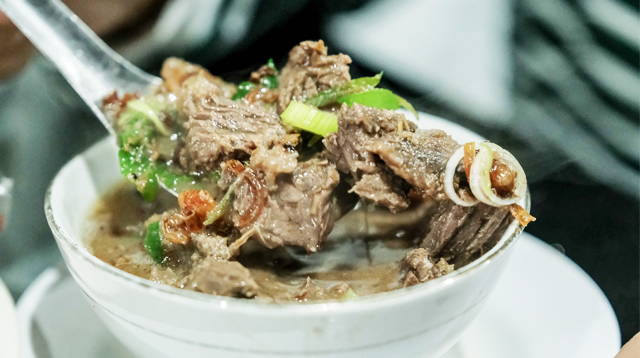- MAKASSAR in South Sulawesi has several legendary dishes, one of which is called coto Makassar
- So when traveling to this destination, don’t forget to taste it to enrich your culinary adventure experience
All regions in Indonesia have special dishes with special flavors. Just imagine. Indonesia currently features 37 provinces and if each has 4 types, it means there are approximately 150 menus.
The Makassar area in South Sulawesi, for example, has several special dishes and one of them is named Coto Makassar. This culinary popularity makes coto Makassar one of the culinary icons in Makassar.
Coto Makassar is a traditional food typical of the Makassar Tribe in South Sulawesi. This gravy dish is made from beef offal that has been boiled for a long time and ground fried peanuts. The stewed offal mixed with beef is then sliced and filled with specially formulated spices.
What is the difference between coto and soto?
Coto is served in a bowl and enjoyed with ketupat or rice bag wrapped in coconut leaves or a type of ketupat wrapped in banana leaves or buras. Then, the aroma is very tasty because it uses more spices. While soto or clear soup is usually served with white rice and has a savory and refreshing aroma.
If you happen to be traveling to Makassar, don’t forget to try tasting the culinary uniqueness of the area. Enrich your culinary experience and adventure with coto Makassar and other local dishes.
It is said that the coto dish originates from the culinary traditions of the Gowa Kingdom in the 16th century. The main ingredients used are sirloin beef and tenderloin and this delicacy was only served to the royal family. While the innards are served to the lower class or royal servants.
Nowadays, there is good news where everyone can enjoy this delicious and savory dish of coto Makassar. It is widely on sale at street side food stall, traditional markets and restaurants.











